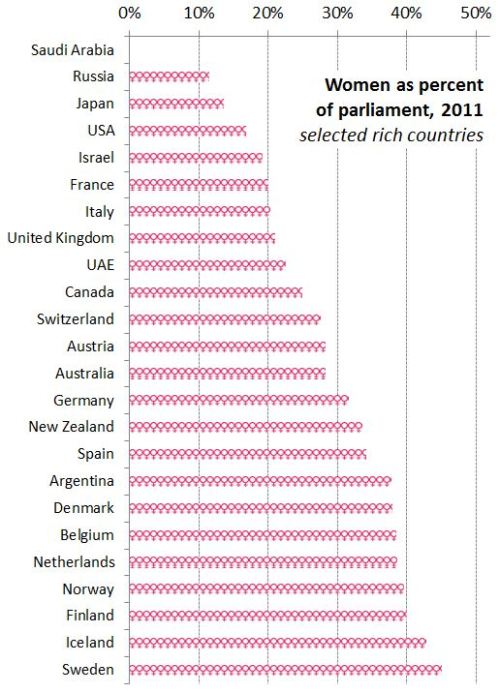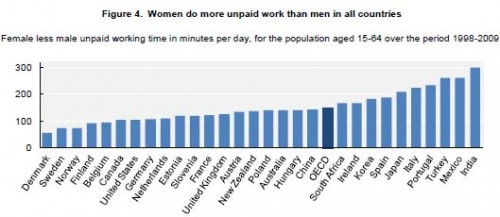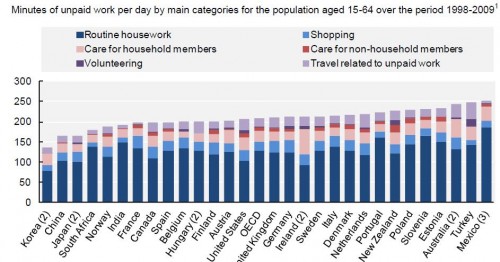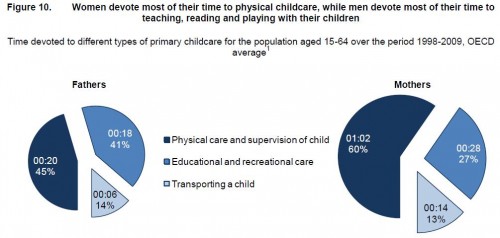For the last week of December, we’re re-posting some of our favorite posts from 2011.
————————

In her article “Japanese Mothers and Obentos: The Lunch-Box as Ideological State Apparatus,” Anne Allison discussed the meaning of obentos. The Japanese educational system is highly centralized, with the national Ministry of Education determining the curriculum and approving textbooks. Nursery school, though overseen by the Ministry, is generally private and isn’t compulsory, though attendance is high. According to Allison, it functions much like kindergarten in the U.S., focusing less on content than on how to be a student. Of particular importance are the ability to transition from home life to the public sphere of a bureaucratic state institution and socialization into norms of group life, including cooperation and emphasis on the collective rather than the individual.
The obento was seen as an important element of this process. It was a token of home, and more specifically, of mom. The willingness to make elaborate, creative obentos was used as a measure of a woman’s commitment to the mothering role. The lunches, as you can imagine from the photos, could be very time- and labor-intensive to make. During her time in Japan, Allison says she and the mothers she talked to spent 20-45 minutes each morning on a single obento, in addition to the time spent planning and shopping for ingredients. Tips for making obentos were a frequent topic of conversation among moms, and whole magazines were devoted to the topic. Stores sell a range of obento items, including containers, decorations, molds and stamps to cut foods into various shapes, and, increasingly, pre-made food:
Nursery schools carefully oversaw lunch. The entire obento must be eaten, and everyone had to wait until every child had finished — an important lesson in the importance of the group over the individual. Thus, part of the mother’s job was to make the food appealing and easy to consume, in an effort to encourage her child to eat and avoid the embarrassment of holding up the rest of the class from after-lunch recess. Making food brightly-colored, in various shapes, and in small portions helped with this process. If a child failed to eat the entire lunch, or ate slowly, both the child and mother were held accountable. More than just a lunch, then, Allison argues that obentos served as a form of socialization into ideas of what it meant to be Japanese, particularly the emphasis on the collective and the importance of meeting expectations. Indeed, her son’s teacher viewed him as successfully assimilating to Japan not when he learned the language or made friends, but when he began routinely finishing his obento.
Talking to Japanese mothers — and making obentos for her own young son — Allison found that designing obentos was often viewed as a creative outlet, a way to express themselves and their love for their child. The small group she spoke with generally described it as a fulfilling part of motherhood. But the stakes were also high, since making a sub-par or merely utilitarian obento could stigmatize them as bad mothers. The quality of a mother’s obento became a symbol of the quality of her mothering and her commitment to her child’s educational success.
Of course, this served to institutionalize a form of intensive mothering that is difficult to balance with work life or outside interests. The women she spoke to generally could not hold even part-time jobs and fulfill the expectations placed upon them; those who did often tried to keep it secret to avoid negative judgment from their child’s teacher. In fact, a 2007 Japan Today article said that 70% of Japanese women leave the paid labor force when they have a child.
Allison’s article was published in 1991. I’d love to hear from readers with more recent experiences with expectations surrounding obentos in Japan.
UPDATE: As I had hoped, some of our readers have some great insights about obentos, including questioning whether the really elaborate obentos are most common among wealthier families while most make do with less intricate versions that don’t require as much commitment to intensive mothering. Be sure and check out the comments!
[Full cite: Anne Allison. 1991. “Japanese Mothers and Obentos: The Lunch-Box as Ideological State Apparatus.” Anthropological Quarterly 64(4): 195-208.]
Gwen Sharp is an associate professor of sociology at Nevada State College. You can follow her on Twitter at @gwensharpnv.



























